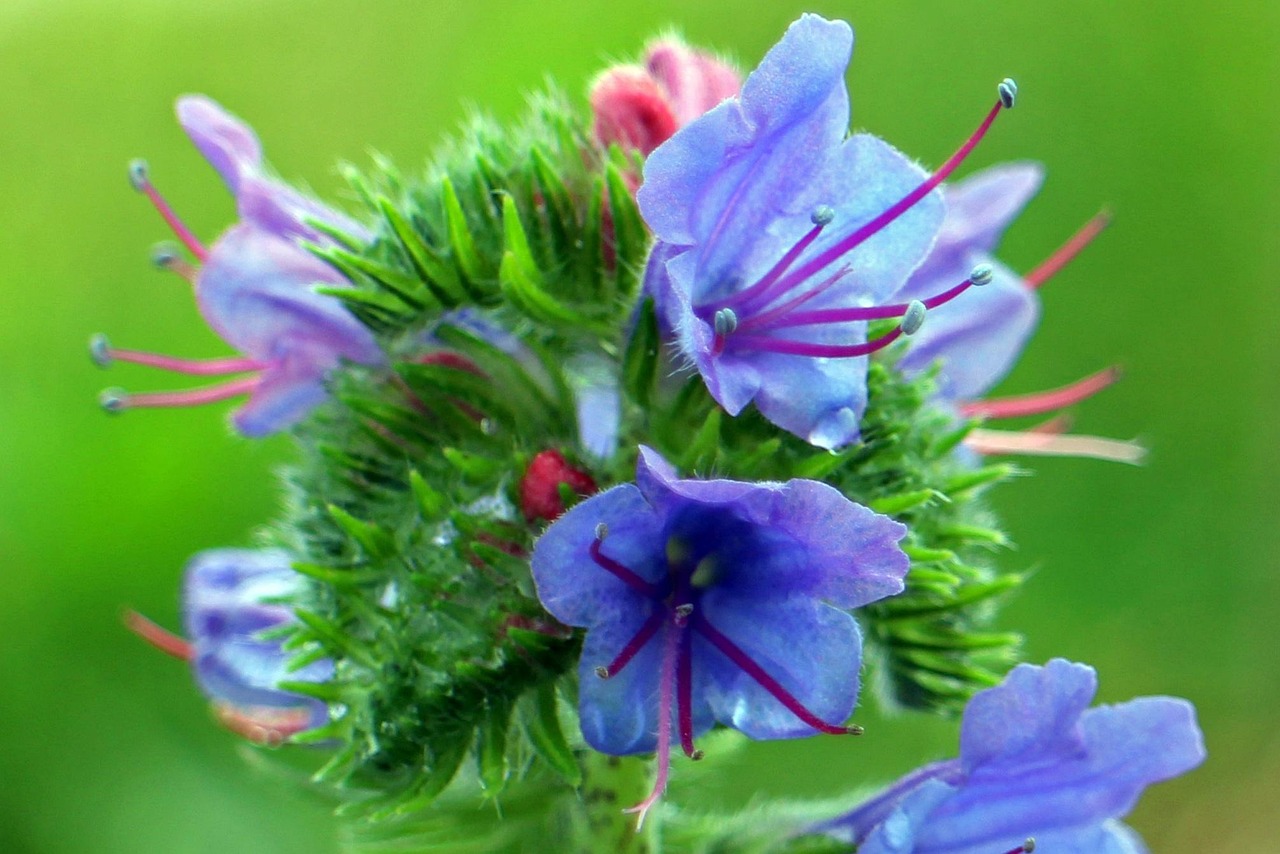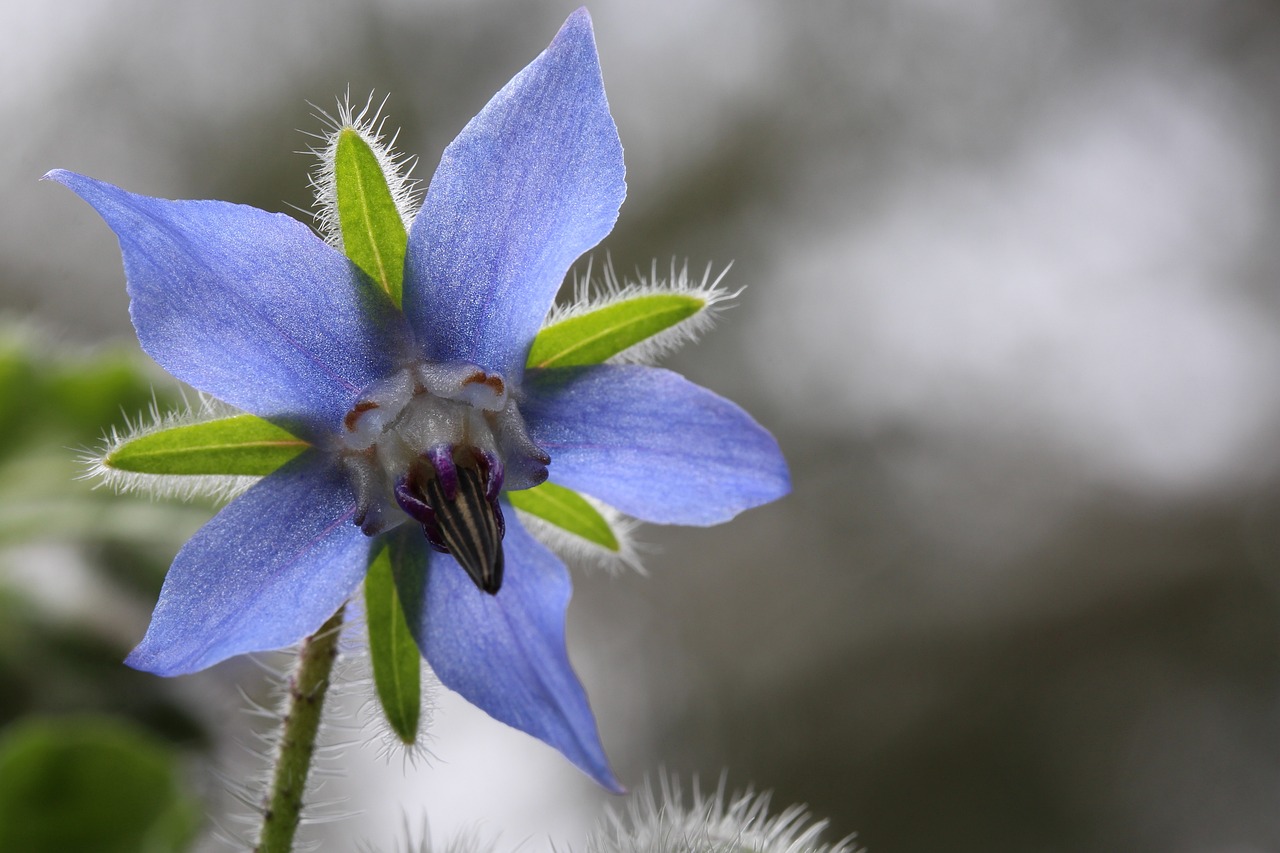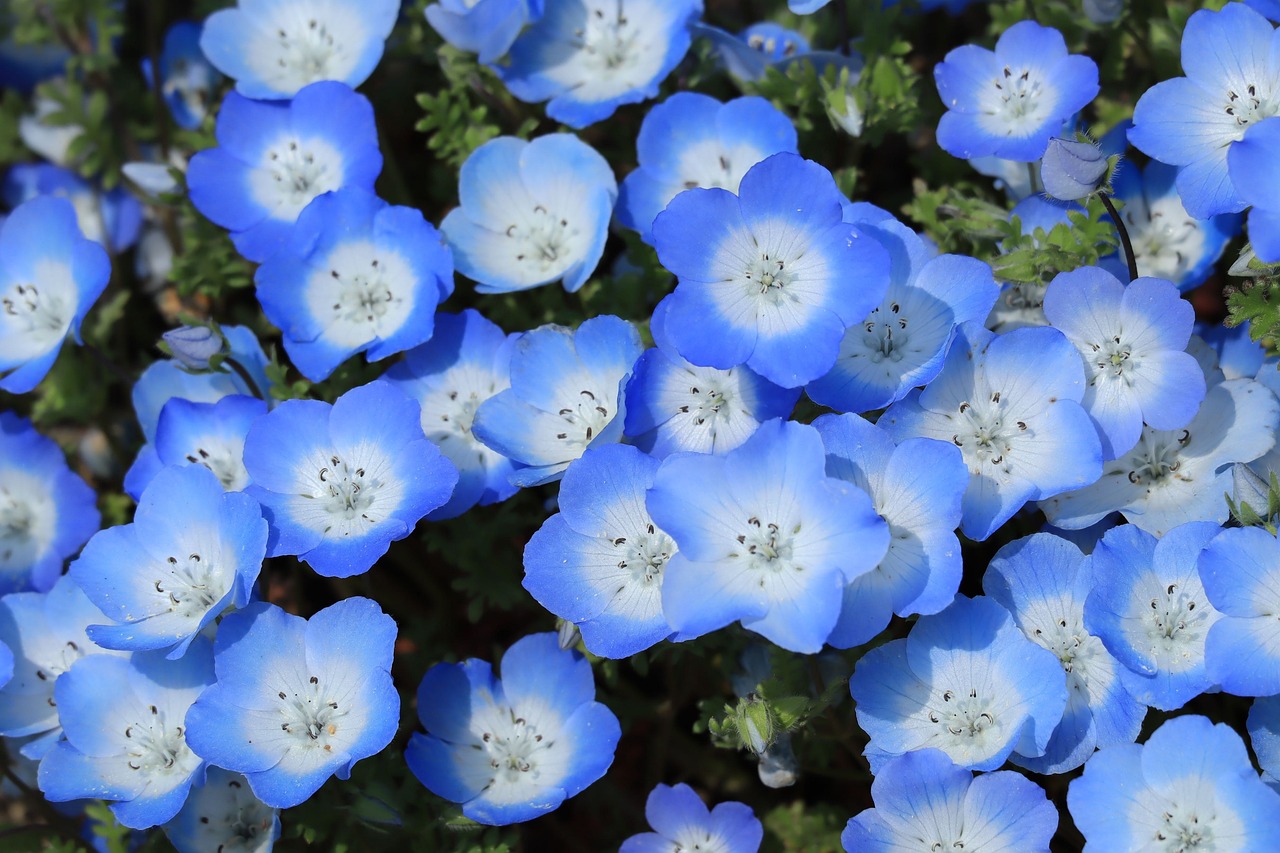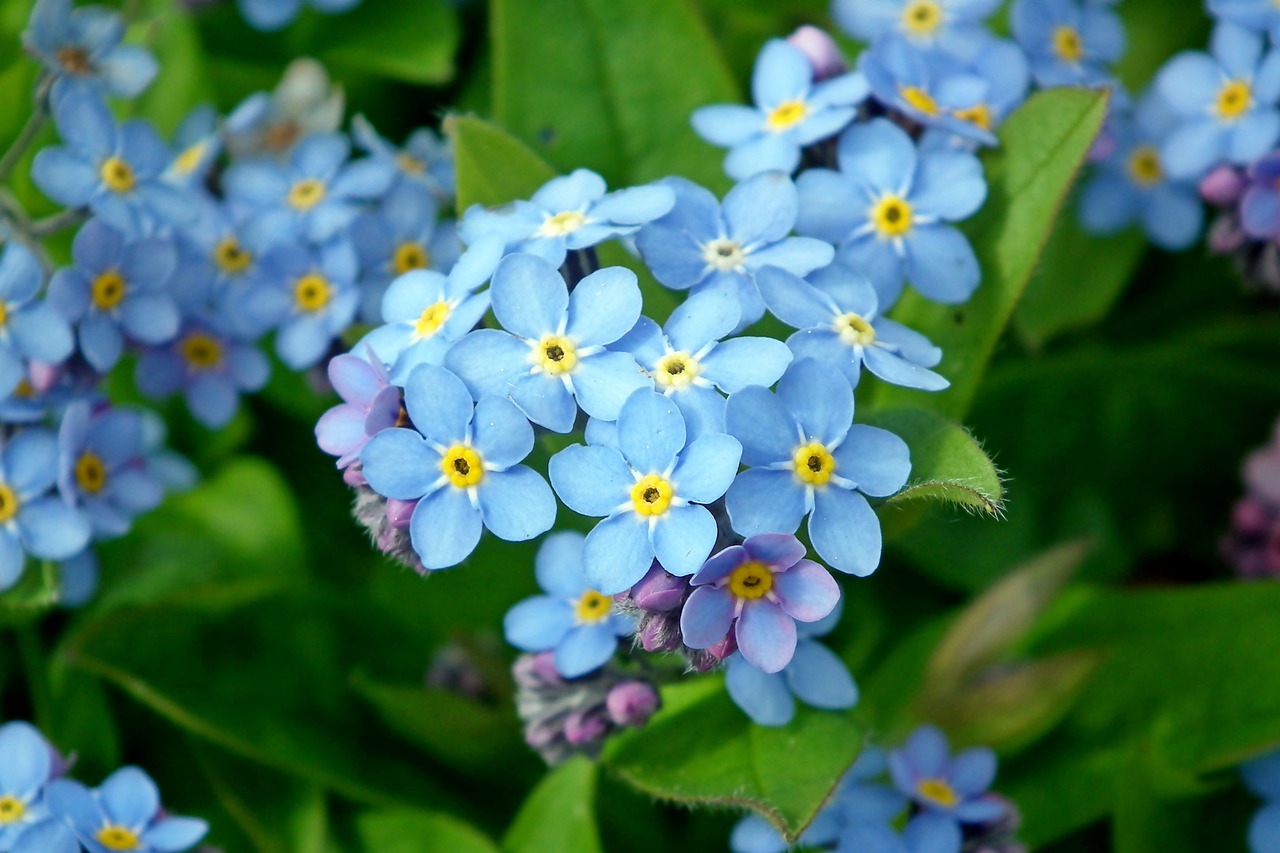Heliotrope | The Fragrant Flower Named for Turning Toward the Sun
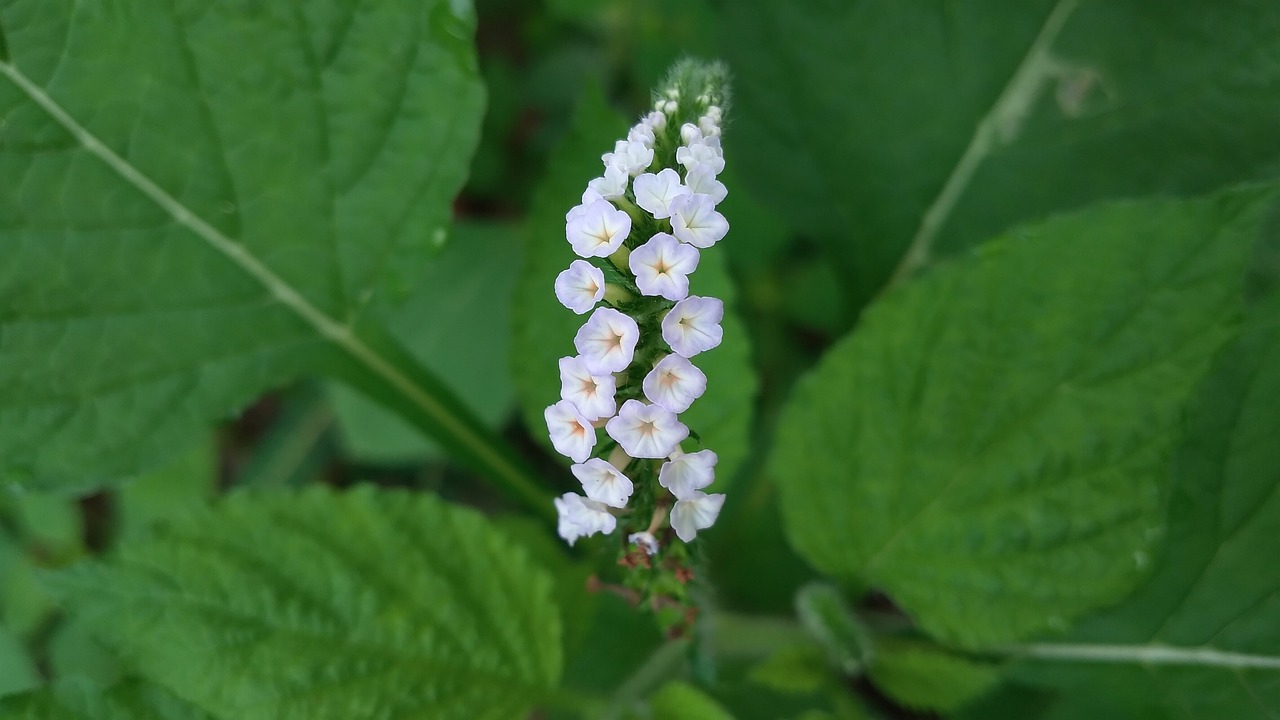
The heliotrope is a plant known for its sweet, vanilla-like fragrance and its vibrant purple and white blossoms. It is popular in gardening and potted arrangements, and is often used when creating fragrant flower beds.
In this article, I will explain in detail the basic information about heliotrope, its cultural and historical significance, and key points for successful cultivation.
Basic Information
- Scientific name: Heliotropium arborescens
- Family: Boraginaceae
- Origin: South America (Peru)
- Appearance: A perennial or small shrub, about 30–60 cm in height. The leaves are dark green, wrinkled, and textured. The flowers are small clusters in shades of purple, violet-blue, and white. With its strong fragrance, it is ideal for gardens and balconies.
- Blooming season: From spring to autumn, producing flowers over a long period. With proper care, it continues blooming successively.
Cultural Significance Around the World
Because of its sweet fragrance and beautiful blossoms, heliotrope has been cherished worldwide, especially in Europe.
In Victorian England, it symbolized “loyalty” and “devotion” and was often planted in gardens and used as a gift of love.
In France, it became highly valued as a raw material for perfumes, appreciated not only for its visual charm but also as a plant offering sensory delight.
Heliotrope established its place in garden culture as a “flower of fragrance,” and remains indispensable for creating aromatic gardens today.
Historical Anecdotes
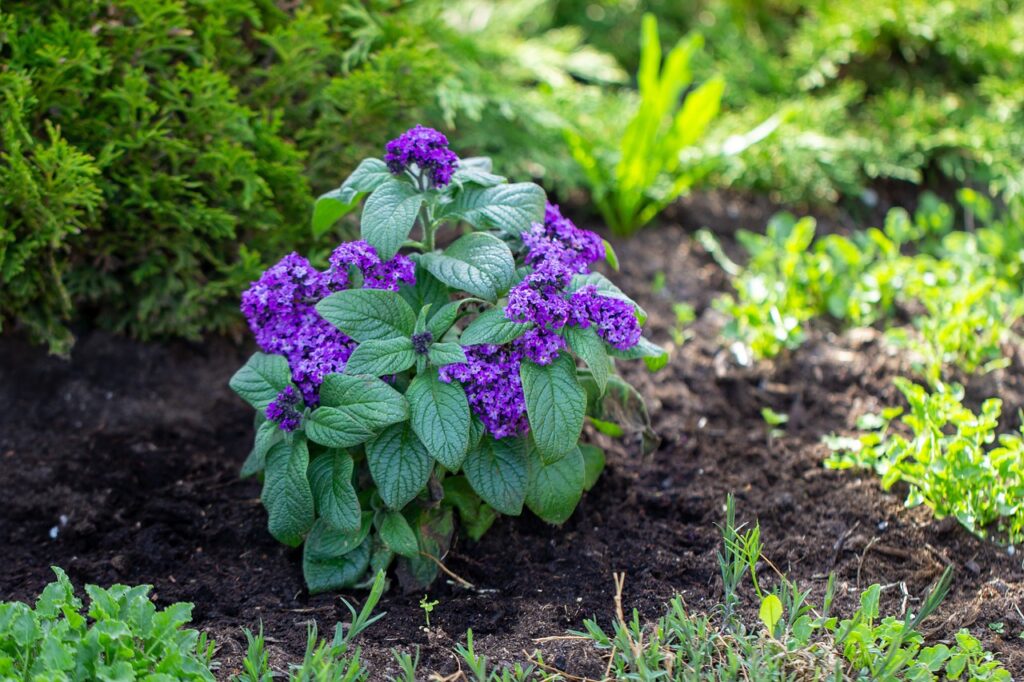
The name heliotrope comes from the Greek words helios (sun) and tropos (turn), based on the belief that the flowers once turned toward the sun.
Originally from South America, the plant was introduced to Europe in the 18th century and quickly gained popularity as a garden flower.
During the Victorian era, its symbolic meaning of “devotion” made it a frequent motif in love stories, poetry, and literature.
It was also cultivated in palaces and botanical gardens across Europe, becoming a beloved part of elegant landscapes.
Gardening Advice
Heliotrope is relatively easy to grow, but proper care is required to enjoy its fragrance and flowers for a long time. Below are key points for cultivation:
Sunlight
Prefers sunny locations but can tolerate partial shade in midsummer. Insufficient light may reduce blooming.
Watering
Water generously when the soil surface is dry. Avoid overwatering, and use well-drained pots for container planting.
Soil
Well-drained, nutrient-rich soil is ideal. Mixing commercial potting soil with compost or perlite works well.
Fertilizer
Apply liquid fertilizer every two weeks during the growing season. During flowering, choose fertilizers rich in phosphorus.
Pruning
Regularly remove spent flowers to encourage continuous blooming. Light pruning during the growing season helps maintain shape.
Overwintering
As it is not frost-tolerant, bring it indoors or protect it during winter. Indoors, place it near a bright window.
Conclusion
The heliotrope is a charming plant that not only decorates gardens and homes with its sweet fragrance and blossoms but has also been cherished throughout history and culture.
With proper care, its flowers and scent can be enjoyed for a long time. I encourage you to include heliotrope in your garden and experience its full charm.


